Part 1 : Tower of Publication
< Chapter 2 > Countries and Regions with Many Translations of Japanese Children's Books
4th place United States
 Not many foreign children's books have been translated for publication in the United States, where a wide variety of high quality children's books have already been created. However, the heterogeneous country also has an interest in foreign cultures. Books translated in the United States are more likely to be introduced to European and other countries, creating ripple effects in publication. From the 1960s, Japanese children's books started to be translated in the United States, and their publication peaked in the 1980s.
Not many foreign children's books have been translated for publication in the United States, where a wide variety of high quality children's books have already been created. However, the heterogeneous country also has an interest in foreign cultures. Books translated in the United States are more likely to be introduced to European and other countries, creating ripple effects in publication. From the 1960s, Japanese children's books started to be translated in the United States, and their publication peaked in the 1980s.
In the United States, it is not unusual for local publishers to revise the cover and content of foreign works in their translations. In “Basu ga kita (original Japanese edition of “Bus Stops) (No.59), for example, there is a page depicting a child, his parents and a dog on their way from shopping, which is accompanied by the sentence (literally translated): “The bus is here. The person who had something bought for him, the person who bought something for him, and the person who was made to buy something for him get off the bus.” However, the translation says: “The bus stops outside our house. We get off.” One more sentence was also added in the lower right-hand corner of the page: “Can you find a dog? This translation was published both in hardback and the less expensive and handier board book (No.60). The U.S. version of “Ronpa-chan to fusen (No.62) differs from the original version (No.61) in the color of the cover and the orientation of the body of the girl depicted on the cover. The girl's name was also changed to Emily in the translated version.
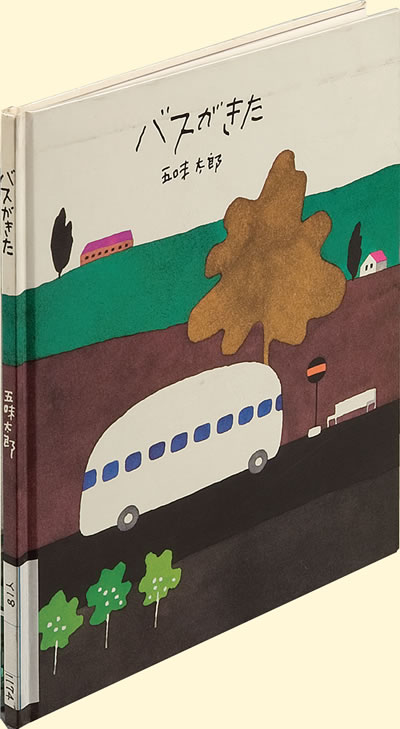

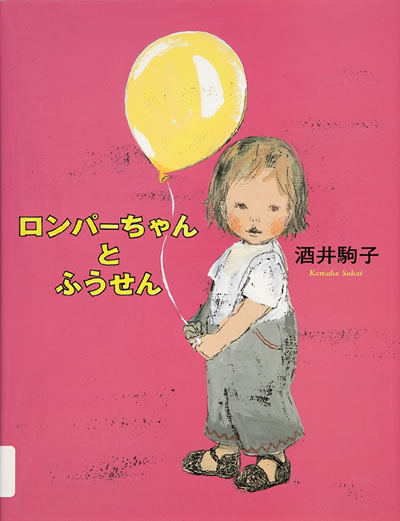

5th place France
 France is Europe's largest market in terms the number of publications of translated Japanese children's books. Since “Kaba-kun was published in 1965 as part of the Père Castor series for the French golden age of picture books, many Japanese children's books have been translated in France. Many of them came in various styles and sizes, ranging from hardback to pocket-sized, as well as book club version. In France, there is a book club system in which the club member receives several books every year. The books distributed by the book club for children include Japanese picture books as well as bestselling Western books.
France is Europe's largest market in terms the number of publications of translated Japanese children's books. Since “Kaba-kun was published in 1965 as part of the Père Castor series for the French golden age of picture books, many Japanese children's books have been translated in France. Many of them came in various styles and sizes, ranging from hardback to pocket-sized, as well as book club version. In France, there is a book club system in which the club member receives several books every year. The books distributed by the book club for children include Japanese picture books as well as bestselling Western books.
The most popular Japanese authors in the country are Kazuo Iwamura (No.67), Haruo Yamashita, Satomi Ichikawa, Yasuko Koide ( Nos. 64, 65 and 66). Their works have been loved by French children because they often feature anthropomorphic natural features and animals, creating a friendly atmosphere. The lift-the-flap books by Katsumi Komagata have a reputation for being enjoyed by people of all ages. “Hoshi ga nemuru tokoro (No.69), which Komagata created as a gift for newborn babies at the request of the French city of Grenoble, was released simultaneously in Japan and France. “Leaves and “Otte hiraite, both of which were jointly developed for the visually impaired by Komagata, the National Museum of Modern Art in Paris and the Centre Pompidou, were also released both in Japan and France.
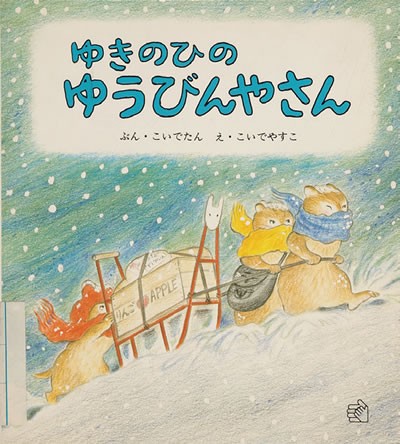
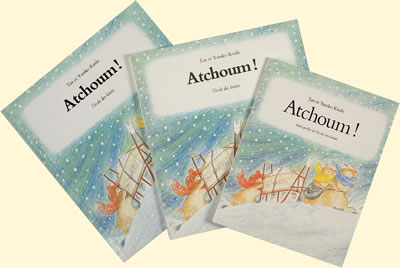



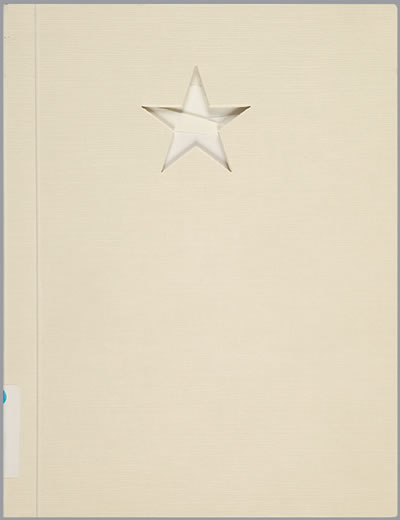

For copyright reasons, images of some books are not available in this electronic exhibition.
- TOP
- Part 1 Tower of Publication
- Countries and Regions with Many Translations of Japanese Children's Books (4th place United States and 5th place France)

